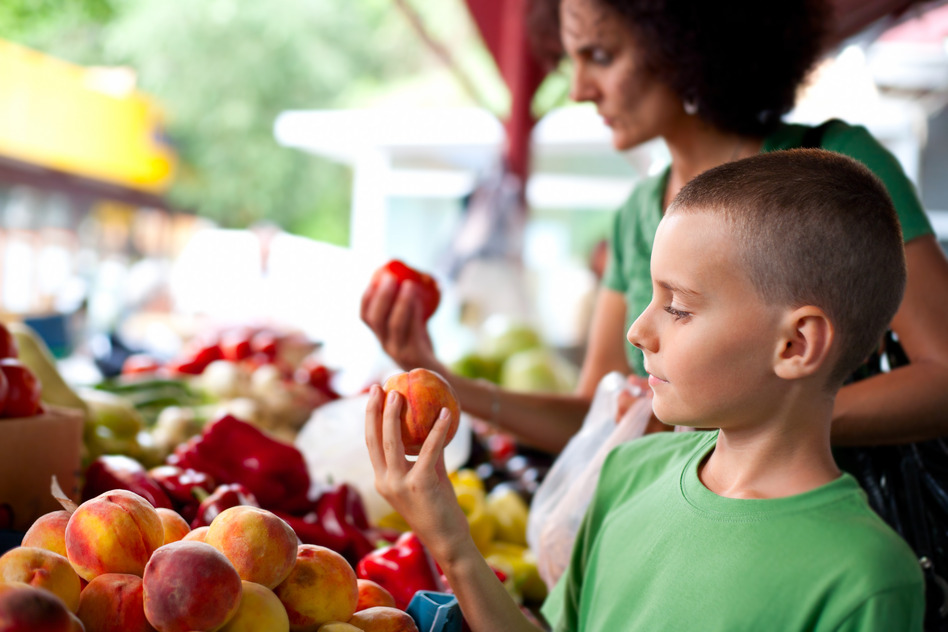Environmental assurance provides a generic checklist of recognised environmental best practices. It does not allow for certification in its own right, as it is a self-assessment rather than third-party audited.
For a horticultural business, environmental assurance is a means of demonstrating the use of management practices that achieve the level of environmental protection expected of itself and by its customers, the community and other interested parties.
A key feature of the environmental assurance process is risk assessment and using recognised practices to minimise or prevent (current or future) environmental impacts. A business can demonstrate management of environmental issues through self-assessment, or by seeking assessment from its customers or an independent party, typically an auditor.
In summary, the guidelines provide horticultural producers with:

- a better understanding of the environment and its links to the farm business
- improved business and risk management skills
- improved communication in the enterprise team/farm family
- better record keeping and monitoring
- improved business planning
- market advantage
- safeguarding future market access
- securing future resource access
- potential savings through more efficient use of resources
- improved management of environmental assets
- sustainability
- greater security for future generations
- ability to demonstrate environmental stewardship
Overall this will allow industry to prove the ‘green’ in the notion of ‘clean and green’. The notion of clean and green has been used to market Australian horticultural produce for years. Industry and government have put considerable effort into developing and implementing food safety programs that clearly justify the ‘clean’ label. An environmental assurance approach will help demonstrate this and prove the industries environmental credentials.